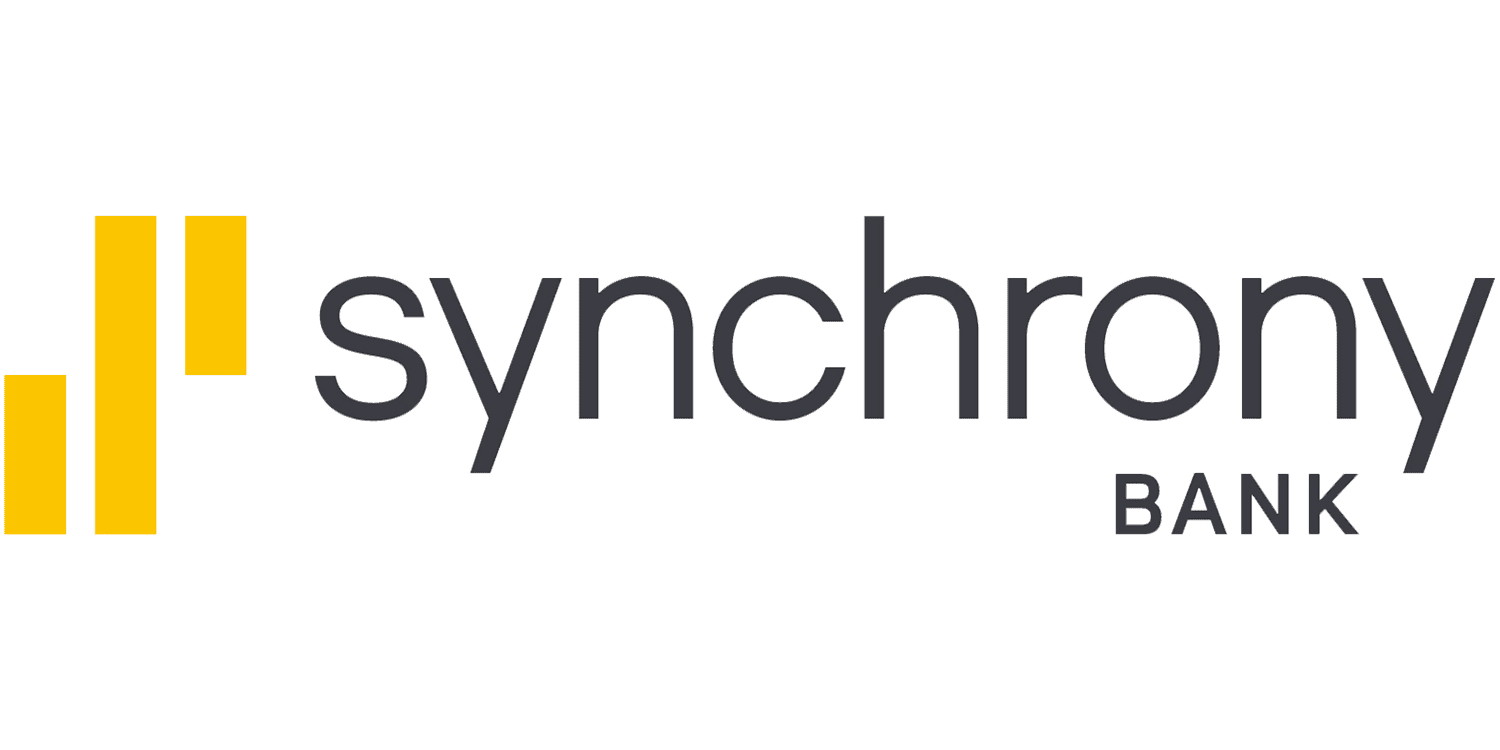Synchrony Bank, one of the largest consumer credit card issuers in the United States, has faced growing concerns over its financial health and long-term viability. Many analysts believe Synchrony could be headed for trouble with rising delinquencies and charge-offs if trends continue. This article will examine the current situation at Synchrony Bank and analyze whether the company is truly at risk or if the concerns are overblown.
Understanding Synchrony Bank
Synchrony Bank is the largest provider of private label credit cards in the U.S., with partnerships with major retailers like Lowe’s, Amazon, and Walmart.[1] The company issues store-branded credit cards that can only be used at specific retailers. This differs from general purpose credit cards like Visa and Mastercard that can be used anywhere.
Some key facts about Synchrony Bank:
- Founded in 2003 as a subsidiary of GE Capital
- Spun off as an independent publicly traded company in 2015
- Has 80 million active credit card accounts
- Manages over $100 billion in loans[2]
- Operates in a variety of consumer finance segments including retail cards, consumer banking, healthcare financing, and more
Synchrony makes money by charging interest rates and fees on its credit cards and loans. The company has thrived by lending to consumers with average to poor credit, who tend to pay higher interest rates.
However, this focus on subprime lending has now raised questions about Synchrony’s financial health as delinquencies rise.
Delinquencies and Charge-Offs Increasing
Credit card delinquencies occur when customers fail to make minimum payments on time. Charge-offs happen when debts are deemed uncollectible and written off as losses. Both metrics are important indicators of credit risk.
Over the last few years, delinquencies and charge-offs have been steadily climbing at Synchrony:[3]
- The 30+ day delinquency rate hit 5.33% in Q4 2022, up from 3.39% in Q4 2019.
- Net charge-offs reached 6.19% in Q4 2022, up from 5.15% in Q4 2019.
This means Synchrony sees more borrowers fall behind on payments or default entirely. The increased delinquencies and defaults indicate rising credit risk in Synchrony’s portfolio.
Experts attribute the worsening credit performance to a few key factors:
- Economic conditions – Rising inflation, recession fears, and market volatility pressure consumers. This can make it harder for borrowers to keep up with payments.
- Exposure to subprime borrowers – Synchrony lends heavily to consumers with average or poor credit. These borrowers tend to be hit harder during downturns.
- Growth and underwriting – Synchrony grew loans rapidly after the pandemic. Looser underwriting standards likely also contributed to worsening performance.
The deteriorating credit metrics are concerning. Delinquencies and losses eat into Synchrony’s profits. And if the trends accelerate, it could signal deeper issues ahead.
Financial Performance Declining
Alongside the uptick in delinquencies, Synchrony has posted disappointing financial results over the past year:[4]
- Revenue declined – Fell 7% year-over-year to $3.7 billion in Q3 2022. Lower interest income and reduced fees contributed to the drop.
- Profits fell – Net income decreased 33% to $903 million in Q3 2022 as credit costs rose.
- Loan balances down – Total loan receivables were $79.5 billion in Q3 2022, a 5% decrease from last year. Reflects lower consumer spending and charge-offs.
- Narrowing interest margins – Net interest income fell due to higher deposit costs and lower loan yields.
The weakening financial performance aligns with the uptick in delinquencies. As more loans default, Synchrony earns less interest income, and revenue declines. Higher charge-offs also directly reduce profits.
Meanwhile, macroeconomic challenges like inflation and supply chain disruptions have lowered consumer spending. This translates into decreased borrowing and fewer active accounts for Synchrony.
The company has also faced margin compression. Rising interest rates have increased Synchrony’s funding costs. But competition in the credit card industry makes raising rates charged to borrowers is hard. This squeeze on margins further drags on profitability.
Stock Price and Market Reaction
The market has reacted negatively to Synchrony’s recent results and outlook. The stock has plunged over 50% in 2022:[5]
Synchrony stock chart
Several factors are driving the selloff:
- Investor concerns over credit quality and uncertain economic conditions
- Declining profits and tighter margins
- Fear that delinquencies and losses could spike further
- Loss of Walmart partnership announced in 2022
- General risk aversion and rotation out of consumer finance stocks
The steep drop signals that investors see significant risk on the horizon for Synchrony. Ongoing economic and credit challenges have shaken confidence in the company’s earnings potential.
Many analysts have downgraded the stock or cut price targets. For example, Stephens lowered their rating to Equal-Weight in January 2023 citing margin pressures. And Bank of America set a $27 price target in December 2022, nearly 50% below the current price.[6]
Outlook and Forecasts
Synchrony management has acknowledged rising credit costs but believes the company can successfully navigate the environment. On the Q3 2022 earnings call, CEO Brian Doubles stated “We feel good about the resiliency of our platform.”
However, Synchrony has been conservative with forecasts, likely due to uncertainty about the economy and consumer credit. For 2023, management expects:
- Modest loan receivables growth of 2-4%
- Net interest margin between 13-14%
- Efficiency ratio around 40%
- Return on assets of 2-2.5%
These estimates all represent declines from 2022 results. Synchrony braces for ongoing margin pressure, higher expenses, and subdued lending activity.
Most analysts expect further increases in delinquencies and losses in 2023. KBW forecasts net charge-offs rising to 7% next year. And RBC Capital sees 30+ day delinquencies hitting 5.8% in 2023. Despite rate hikes, analysts believe portfolio performance will worsen as consumers struggle with inflation and slowing growth.
Is Synchrony Bank Really in Trouble?
Overall, Synchrony is showing some concerning credit and financial trends. However, the company maintains strong capital reserves and liquidity. Synchrony Bank’s common equity Tier 1 capital ratio was 16.4% as of Q3 2022 – well above regulatory minimums. The company also has over $20 billion in available liquidity.
A few other positive factors to consider:
- Synchrony is taking action to tighten underwriting and reduce exposure to risky borrowers.
- The company has experience managing through previous downturns like the Great Recession.
- Synchrony’s focus on partnering with major retailers could give it an advantage. The retailer share part of the credit risk.
- The stock price already reflects much of the negative outlook. At current valuations, fears may be overblown.
In summary, while risks have increased, Synchrony remains well-capitalized and has levers to mitigate challenges ahead. The company is on watch for higher losses, but likely has sufficient resources to maintain stability barring a severe recession.
Investors and analysts will closely monitor Synchrony’s credit metrics, margins, and loan growth in upcoming quarters. But at this point, it appears Synchrony can weather near-term economic storms. The long-term health of the bank depends on how quickly it can rebound as the macro environment improves over the next 1-2 years.
References
[1] Synchrony Financial. “Annual Report 2021.” Accessed January 2023.
[2] Ibid.
[3] Synchrony Financial. “Quarterly Results Q3 2022.” Accessed January 2023.
[4] Ibid.
[5] Yahoo Finance. “Synchrony Financial (SYF).” Accessed January 2023.
[6] Flynn, Elizabeth. “BofA Double Downgrades Synchrony Financial.” TheStreet. December 5, 2022. SeekingAlpha. “Synchrony Financial’s (SYF) CEO Brian Doubles on Q3 2022 Results.” October 2022. Synchrony Financial. “Quarterly Results Q3 2022.”









Leave a Reply